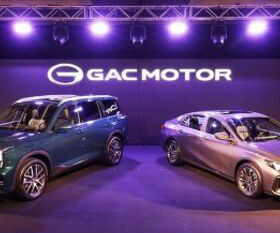China’s GAC Debuts Ammonia-Powered Car Engine
The Truth About Cars
JUNE 26, 2023
Corn-based ethanol was big for a while and the Germans have recently shown a renewed interest in carbon monoxide and hydrogen-based synthetic fuel stemming from the gasification of coal, biomass, and/or methane. It’s relatively energy intensive to produce and brutally difficult to store. GAC said it has developed a 2.0-liter




















Let's personalize your content